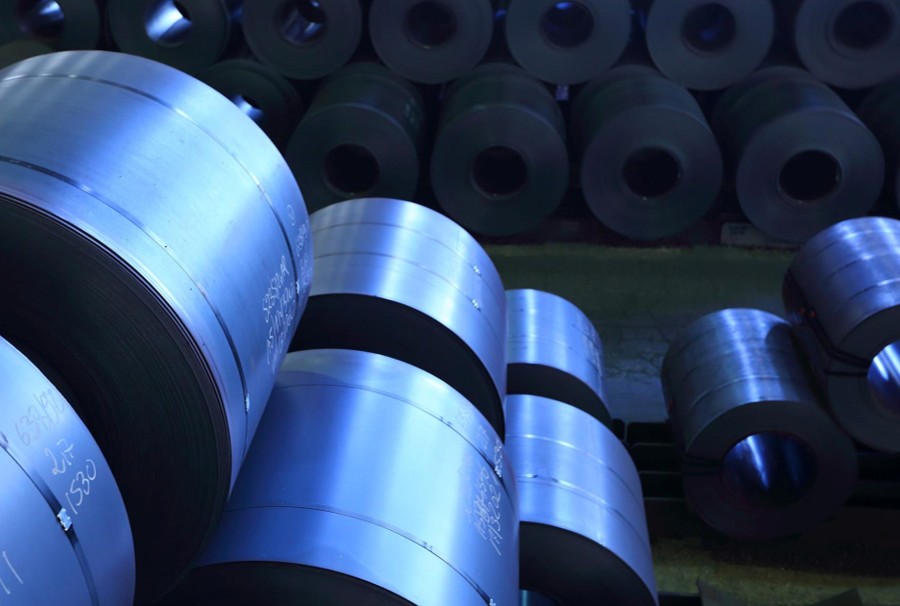Market Data

June 26, 2016
What Does Brexit Mean for Steel, Aluminum and Iron Ore?
Written by Sandy Williams
The United Kingdom surprised the world by voting for an exit from the European Union on Thursday. Steel Market Update asked John Anton, Principal Economist-Steel at IHS Global Insight to provide us his insights into what this might mean for the global market.
GDP growth in the EU27 is expected to lose 0.2 percent in 2016 and 0.8 percent in 2017 (revised down from +1.7 percent to +0.9 percent) following the UK’s exit. The impact on commodities is expected to be limited. According to Anton, global supply and demand will not see much impact. Prices will be affected very little since they fell so much in 2014 and 2015 that there is little room left before reaching the variable cost of production.
Right now, aluminum is at or below cost, nickel is below cost for 70 percent of mines, copper is sinking toward cost and oil is at cost for the U.S. but not for the Persian Gulf. Anyone pricing well above cost of production, like the USA in steel, have more downside room, said Anton.
Taking a more in depth look at what may happen, Anton says in the short term prices may fall but not by a large amount. In 2014 and 2015 prices plummeted and then had a bit of dead cat bounce in recent months. The bounce went a bit too high, so a slight price easing was already expected.
Brexit will be the precipitating event for a price movement that would have happened anyway. Any downside will be limited by the earlier drops to near production cost.
There will be little direct impact in Britain, said Anton. The supply impact will be almost zero since Britain produces and exports North Sea oil but almost no other commodities. The manufacturing sector is fairly small in the UK so the demand impact will be pretty low. The UK has JLR, Rolls Royce and some special plastics fabricators, but not enough to move global markets.
The impact will be much more important in Europe than in Britain. Europe as a bloc is the largest economy in the world. If the EU27 slows down they will be hit internally. Also if the EU27 declines, who will China send their exports to, asks Anton. Europe is China’s biggest market.
As far as the rest of the world is concerned, the main hit will be to volume rather than price as exports drop in tandem with the an EU slowdown.
On the steel market front, iron ore is a commodity that is not down to cost. Costs to produce iron ore in new mines are in the $26 to $30 per dry metric ton (dmt) range. If steel volume is really hurt by the EU slowdown, then iron ore could break below the $40 barrier on an ongoing basis. The IHS forecast had called for $50/dmt more or less, but may force a re-think, said Anton. He adds, if ore is revised down, scrap will be revised downward as well.
SMU Note: John Anton will be providing his insights and pricing forecast for various commodities as well as steel at the SMU Steel Summit Conference, August 29-31. Mr. Anton will once again be paired with Bank of America Merrill Lynch analyst, Timna Tanners as they debate what will happen in 2016 and beyond.







